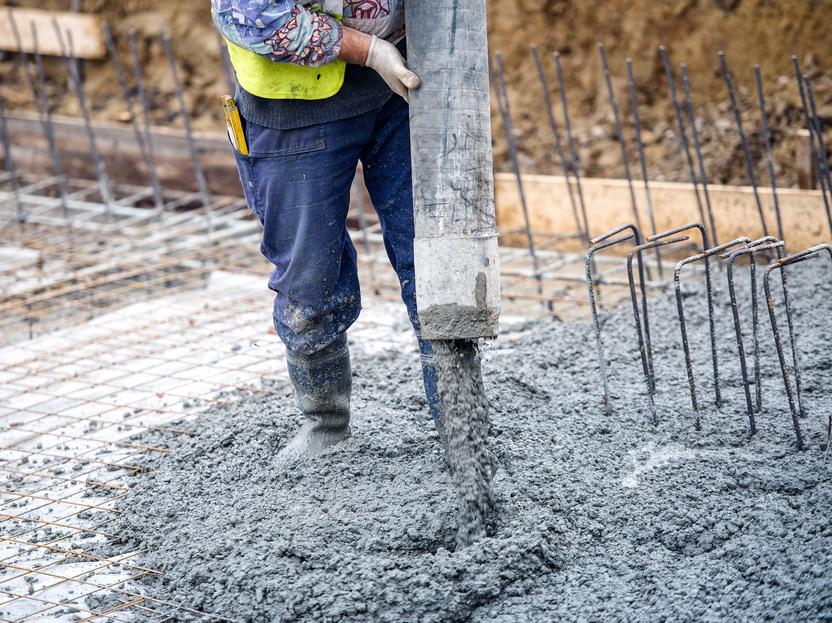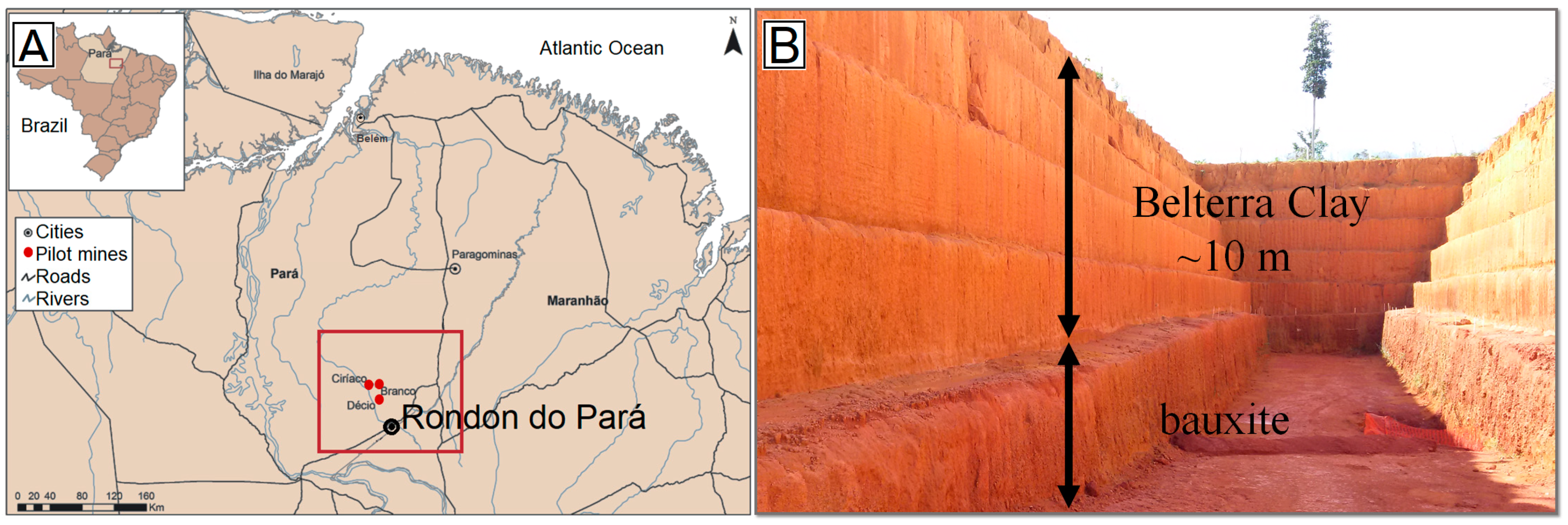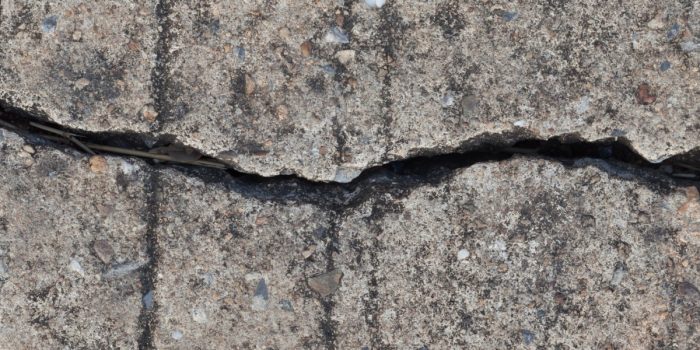The sustainable construction industry needs to have reduced carbon emissions. The construction cement contributes to adding 8 percent to the world’s carbon dioxide emissions. It is difficult to find a substitute for material as useful and sturdy as cement for the construction industry. However, scientists have devised a formula for making amendments in the composition of the material for better and safer output.
The research was a product of a coalition between Germany’s Martin Luther University Halle-Wittenberg (MLU) and the Brazil’s University of Pará. In the process of making the cement, it is then converted into clinkers that contain limestone. This limestone produces carbon dioxide when exposed to heat. this process creates carbon emissions.

The idea of using volcanic rock was also considered as it does not pose that big a threat to the environment as the materials discussed above. A potential raw material, bauxite, is thought to be added in the process of cement making. However, it is the most desirable aluminum ore and is already quite limited in terms of availability.
When researched further, it was found that the surface layer on the Bauxite ore while mining is Belterra clay and is usually pulled away could be useful for this matter. It can be as thick as 30 m and does not have a problem of availability. With a few processes of refining, it can be a perfect material for cement making.

50 to 60 percent of limestone could be replaced by this clay which can reduce carbon emissions massively. Moreover, the process will not be as energy-intensive as it needs to be baked at 1,250 °C (2,282° F), which is around 200 °C (392° F) lower than traditional Portland cement. Tests have been conducted and the research is now published in Sustainable Materials and Technologies.


